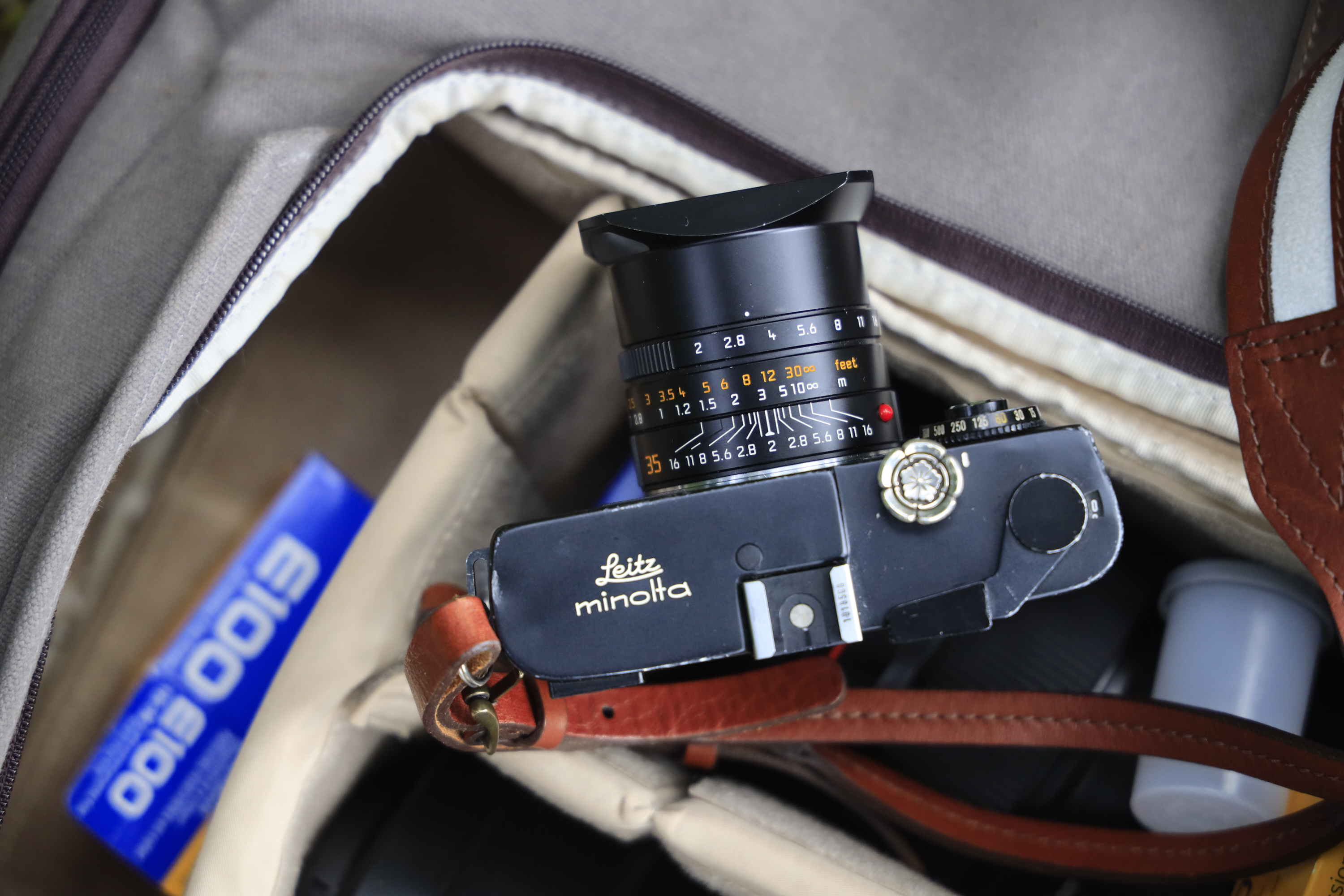Black and white film lovers rejoice!
Film has to be one of the most fun photography experiences we have! Some of us just want to create in a completely different way. Indeed, film does a lot of things that digital doesn’t. When used properly, it will ultimately make you think more about your photos before shooting. You’ll pay a lot of attention to the frame before you shoot. And eventually, you’ll become a master of the format. If you’re looking for the best Leica lenses for black and white film photography, check out our selects.
Editor’s Note: This blog post is presented by Leica. Leica M mount lenses have a long history. And they’ll work on both vintage and new cameras alike. The spirit of all this is present in the Leica Q2 Monochrom.
Table of Contents
Kodak T-Max P3200: Leica 50mm f1.4 Summilux ASPH
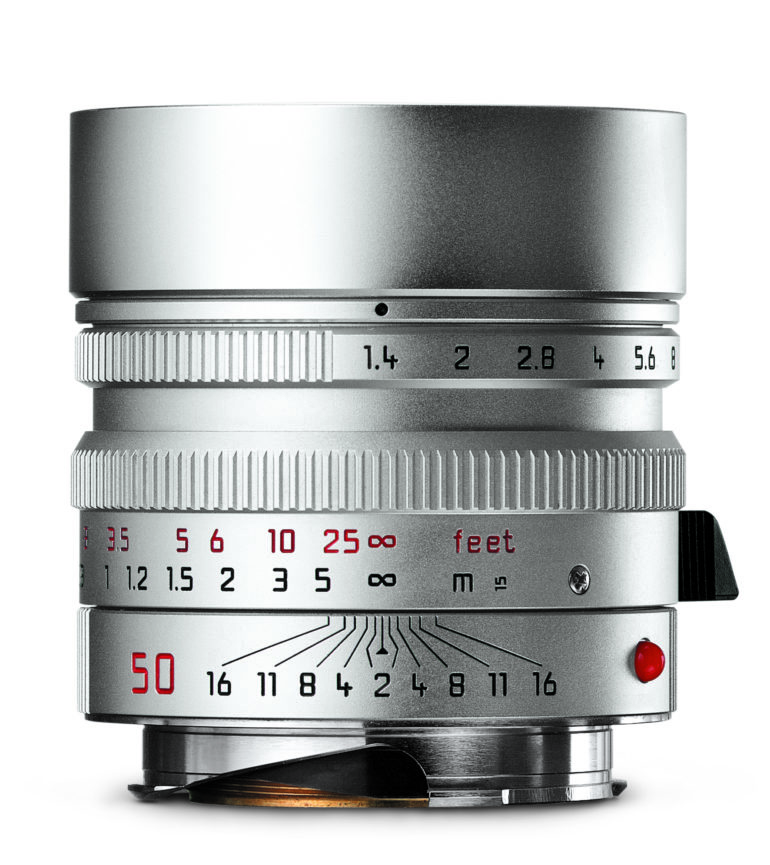
How They Develop: The high-speed Kodak T-Max P3200 is a fantastic option for Summilux lovers. Specifically, we’ve used the Leica 50mm f1.4 Summilux with this film. P3200 is actually an ISO 800 film that’s designed to be pushed to ISO 3200. This means that you’re bound to need a fast aperture lens. And the Leica 50mm f1.4 Summilux offers the right balance of sharpness, 3D pop, and overall weight with a film camera. We enjoyed it, and think you will too! That fine T-grain will blend right in with the bokeh.
This lens is one of the most versatile options around, and we’re confident it’s one of the best Leica lenses for black and white film photography. If you’re shooting during the day, you can just stop the lens down. If you’re shooting at night, then open it up fully. If you’re at a consistent ISO 800 on the roll of film, there isn’t anything the 50mm f1.4 Summilux won’t be able to handle.
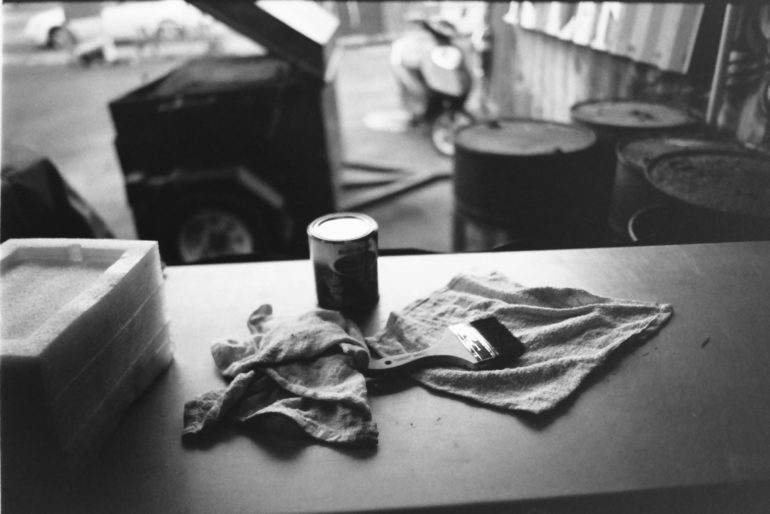
Kodak Tri-X 400: Leica 28mm f5.6 Summaron
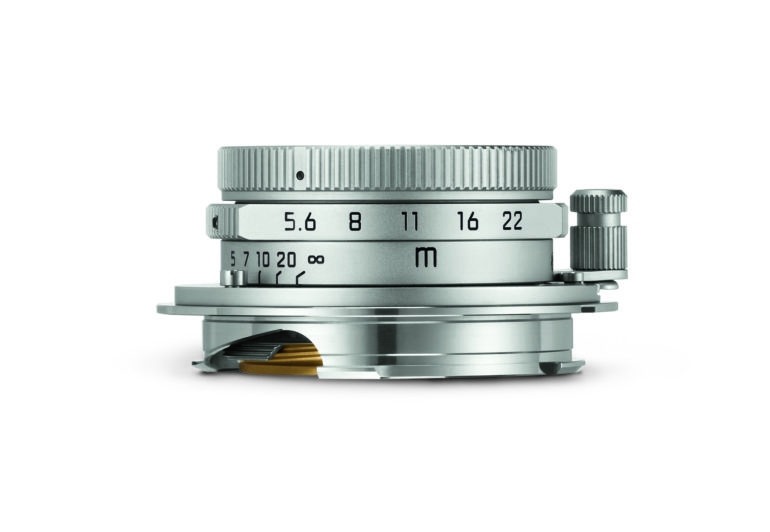
How They Develop: The Leica 28mm f5.6 Summaron is based on a vintage design. To that end, we think it’s perfect for the classic look of Kodak Tri-X 400. Tri-X basically does this thing that looks like you shot a black and white photo and used the clarity slider. And it’s also been responsible for many of the world’s most iconic images. So, if you’re going for that more authentic, photojournalism experience, reach for the 28mm f5.6. It’s surely one of the best Leica lenses for black and white film photography.
The small size, weight, and aperture make it perfect for street photography. With summer coming up, we encourage you to pick one up and throw it on your camera. This lens’s rendering is more vintage than super sharp. So when paired with Tri-X, you’ll get a much more grungy feel to it.
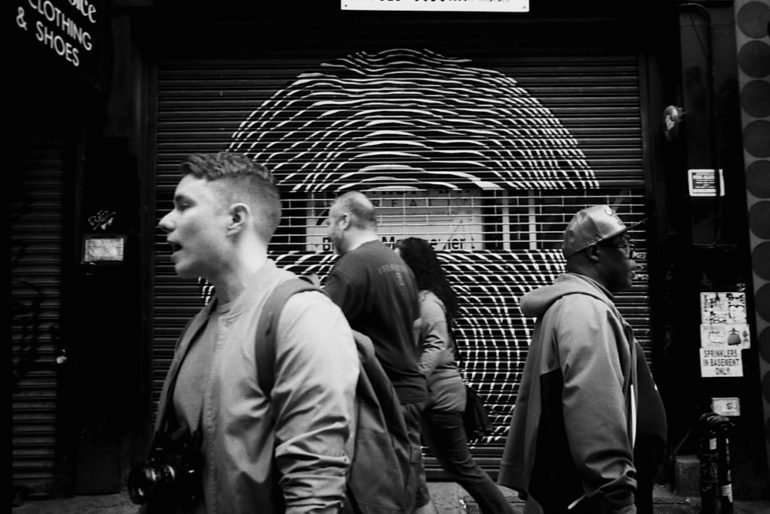

Pro Tip: The 28mm lens is nearly perfect for street photography. If you’re stopped down and focused a few feet away, you’ll be all set. The way that most zone focusing works lets this lens get subjects in focus. As an extra tip, keep your camera in your hand at all times. When someone is close enough to you, just shoot. You don’t even need to put the viewfinder to your face. Shooting from the hip is such a fun and great method. But you should really do this after you understand what the 28mm focal length will give you.
Fujifilm Acros 100: Leica 35mm f2 Summicron ASPH

How They Develop: The cool thing about Acros 100 is that it’s been reformulated in the past few years. To that end, it’s a sharper film than the original was. Such a lens like the Leica 35mm f2 Summicron might be perfect for it. Think of it this way: it’s an ISO 100 film. And according to Sunny 16 rules, you’ll basically shoot at f16 and 1/125th in bright sunlight. That’s perfect for not missing a moment with street photography! But as the day wanes, you can open the lens up to f2 and take advantage! The bokeh from this lens is very beautiful.
Best of all, the Leica 35mm f2 Summicron is probably the best Leica lens for black and white film photography, ergonomically speaking. Attach it to a camera, and it will feel like a perfect companion to the camera. The overall package will be much smaller than most of what’s on the market. And the image quality will speak for itself.
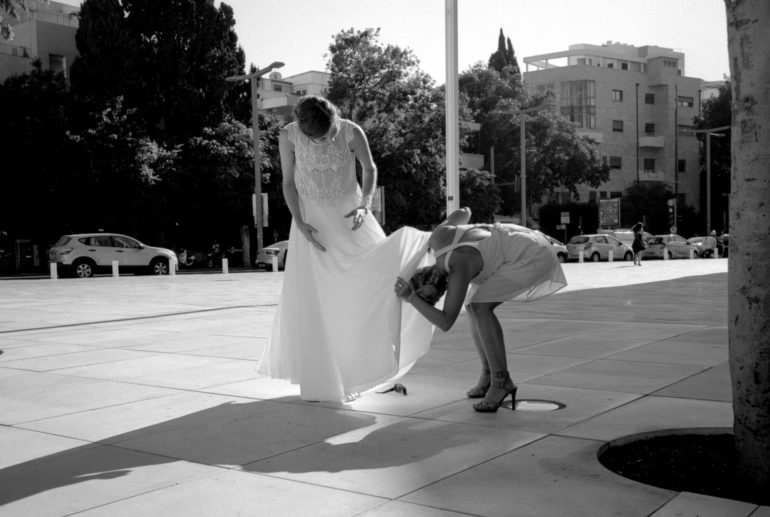
Image by Bezalel Ben-Chaim and used with Creative Commons Permission.


